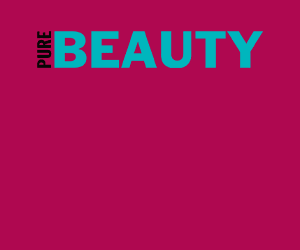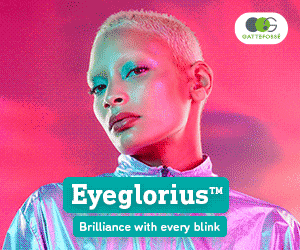Blue light from artificial sources is rising, according to new research by the University of Exeter.
Published in Science Advances, under the title ‘Environmental risks from artificial night time lighting widespread and increasing across Europe’, scientists used imagery obtained via digital cameras by astronauts on the International Space Station to map variation in the spectral composition of lighting across Europe for 2012 to 2013 and 2014 to 2020.
The images showed a regionally widespread spectral shift from sodium lighting to white light-emitting diodes with greater blue emissions.
One of the effects of shifts in the spectra of artificial night-time lighting, the report highlights, is the suppression of melatonin production, with melatonin cycles being key components of the circadian systems of many organisms, including humans.
Not yet a Subscriber?
This is a small extract of the full article which is available ONLY to premium content subscribers. Click below to get premium content on Cosmetics Business.
Subscribe now Already a subscriber? Sign in here.Featured companies
 BASF Personal Care and Nutrition GmbH
BASF Personal Care is one of the world’s leading supplier of high-performance ingredients for the personal care industry. The company understands human needs and meets them...
BASF Personal Care and Nutrition GmbH
BASF Personal Care is one of the world’s leading supplier of high-performance ingredients for the personal care industry. The company understands human needs and meets them...
 Givaudan Active Beauty
Givaudan Active Beauty offers an extensive portfolio of innovative cosmetic active ingredients designed to bring beauty to the world. Inspired by the beauty needs of consumers...
Givaudan Active Beauty
Givaudan Active Beauty offers an extensive portfolio of innovative cosmetic active ingredients designed to bring beauty to the world. Inspired by the beauty needs of consumers...
 Hallstar
Hallstar
 Ashland
Ashland Inc. (NYSE: ASH) is a global additives and specialty ingredients company with a conscious and proactive mindset for environment, social and governance (ESG). The...
Ashland
Ashland Inc. (NYSE: ASH) is a global additives and specialty ingredients company with a conscious and proactive mindset for environment, social and governance (ESG). The...
- Companies:
- Sederma
- University of Exeter



